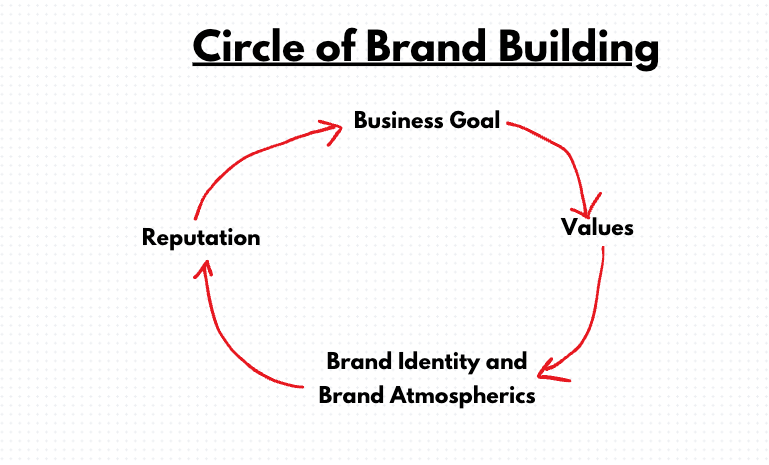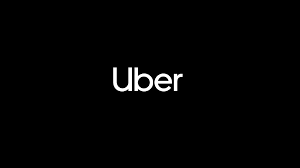Before we jump into the whole thing, let’s clear the air by dismissing some common misunderstandings about branding. Many people often confuse branding design with several other concepts. So, what exactly isn’t branding design?
Branding Design Is Not:
- Logo Design: While a logo is an important part of branding, it’s just one piece of the puzzle.
- Identity Design: This goes beyond visual elements to include the overall perception of your brand.
- Marketing: Branding lays the foundation, but marketing is about promoting your brand to the audience.
- Business Building: Branding is a key component of a successful business, but it’s not the same as building the business itself.
By clarifying these misconceptions, we can better understand the true essence of branding design and its vital role in shaping a brand’s identity.

What Are Brands?
Brands are collective reputations generated by businesses or individuals. For laypeople on the other end, brands represent how we feel towards a business entity or a person. Branding design is all about creating and controlling these feelings.
To make this even simpler to understand, we will quickly take a walk alongside the chain of the branding process.
Stage 1: Business Goals
Businesses are formed. Owners come up with potential ideas for products or services. They define their business goals.
Stage 2: Values
Brand values and philosophies are set based on the business goals. These values should be communicated to the audience effectively.
Stage 3: Brand Identity & Atmospherics
How do brands communicate values to customers? By creating identities for themselves! From logos to colors, typography to tone of communication— a system is built. Using various design collaterals like websites, ads, visiting cards, stationery, etc. (aka brand atmospherics), identities are shared with consumers to build long-lasting impressions.
Stage 4: Reputation
These collaterals play a crucial role in building reputations in consumers’ minds.
Makes sense?
Okay, I’m putting the whole thing into a circle. Circles make everything better!

A programming language is for thinking about programs, not for expressing programs you’ve already thought of. It should be a pencil, not a pen.
There are many variations of passages of Lorem Ipsum available, but the majority have suffered alteration in some form, by injected humour, or randomised words which don’t look even slightly believable. If you are going to use a passage of Lorem Ipsum. You need to be sure there isn’t anything embarrassing hidden in the middle of text. All the Lorem Ipsum generators on the Internet tend toitrrepeat predefined chunks. Necessary, making this the first true generator on the Internet. It re are many variations of passages of Lorem Ipsum available, but the majority have suffered alteration in some form, by injectedeed eedhumour, or randomised words which don’t look even slightly believable.

Time for a real case: Uber! Before arriving at their optimal brand design, Uber went through many changes. We won’t dive into that here, though; I’ll skip a few chapters from the Uber story to make the process easier for you to understand.
Stage 1: Business Goals
Travis Cordell Kalanick comes up with a potential business plan for ride-hailing. He sets the goal to expand the business into courier services, food delivery, and freight transport.
Stage 2: Brand Values
Based on these goals, a brand story is built. What do people want from a company like this? Trust, ease of access, inclusivity, and convenience! These became the brand’s core values.
Stage 3: Brand Identity
To convey that the company embodies these values, they needed to build an identity that communicates them. The first step was the brand name! “Uber” says it all. Then came a simple, adaptable, and timeless logotype. The black-and-white color palette and candid imagery set the visual tone. They even defined how the brand should sound—assistive, caring, and always available.
Stage 4: Reputation
Uber eventually made people believe they stand by their values. This belief built Uber’s current reputation. A good reputation, in turn, helped achieve their business goals!
So, the whole point here is that we cannot pin down the term branding to just a few imperative operations. It’s a holistic concept that encompasses the entire process of converting a business goal from paper to reality.
That’s it for today.
— A Thought from a Mahesh Ravi sir,
